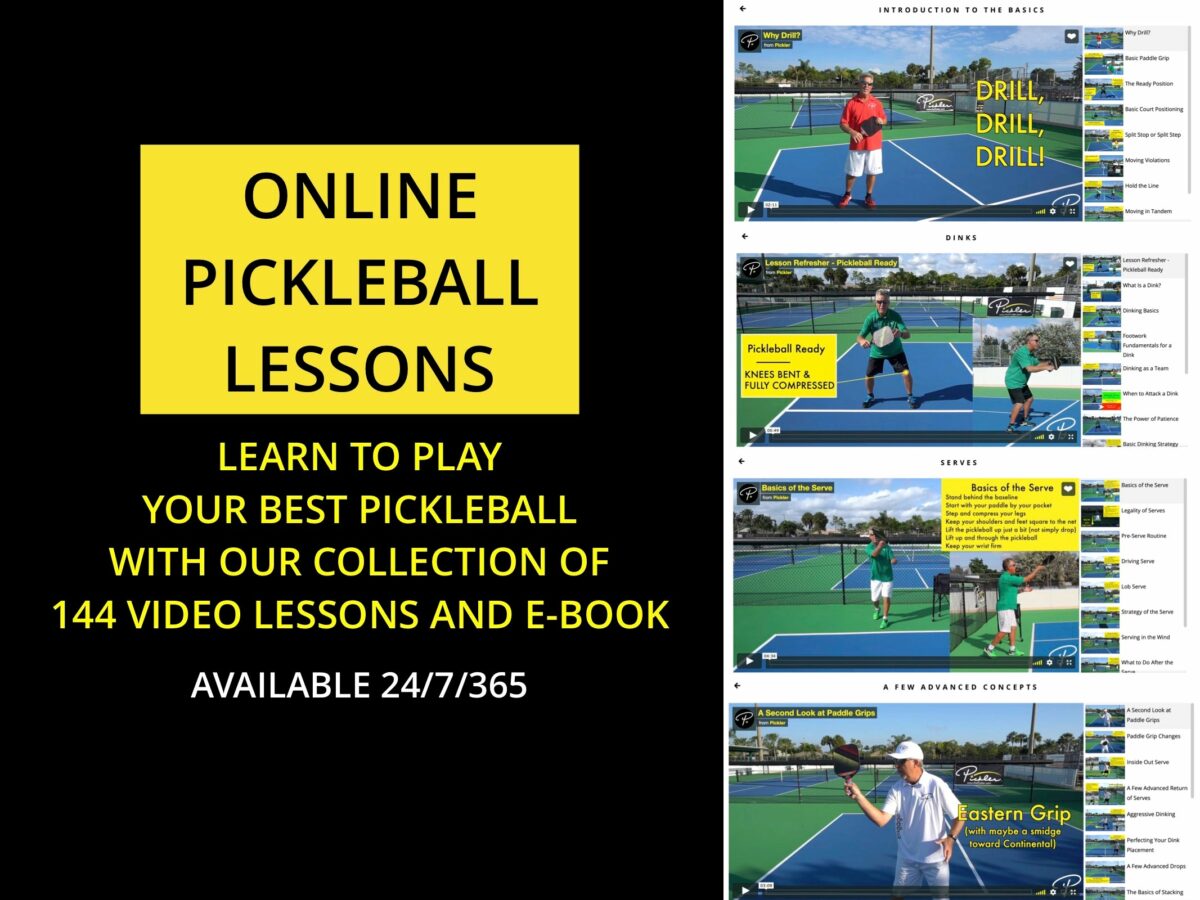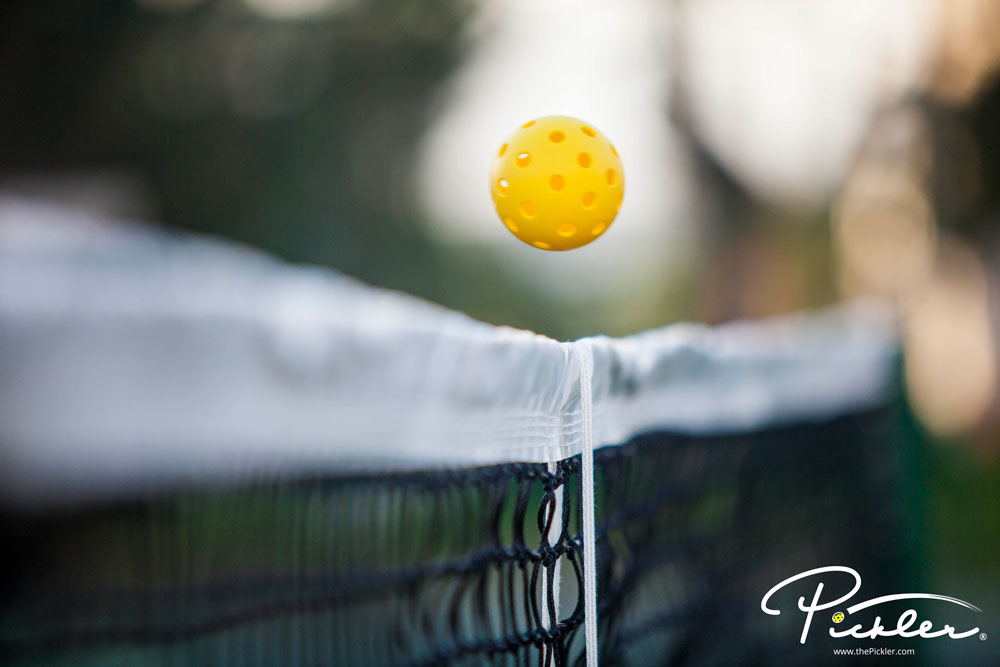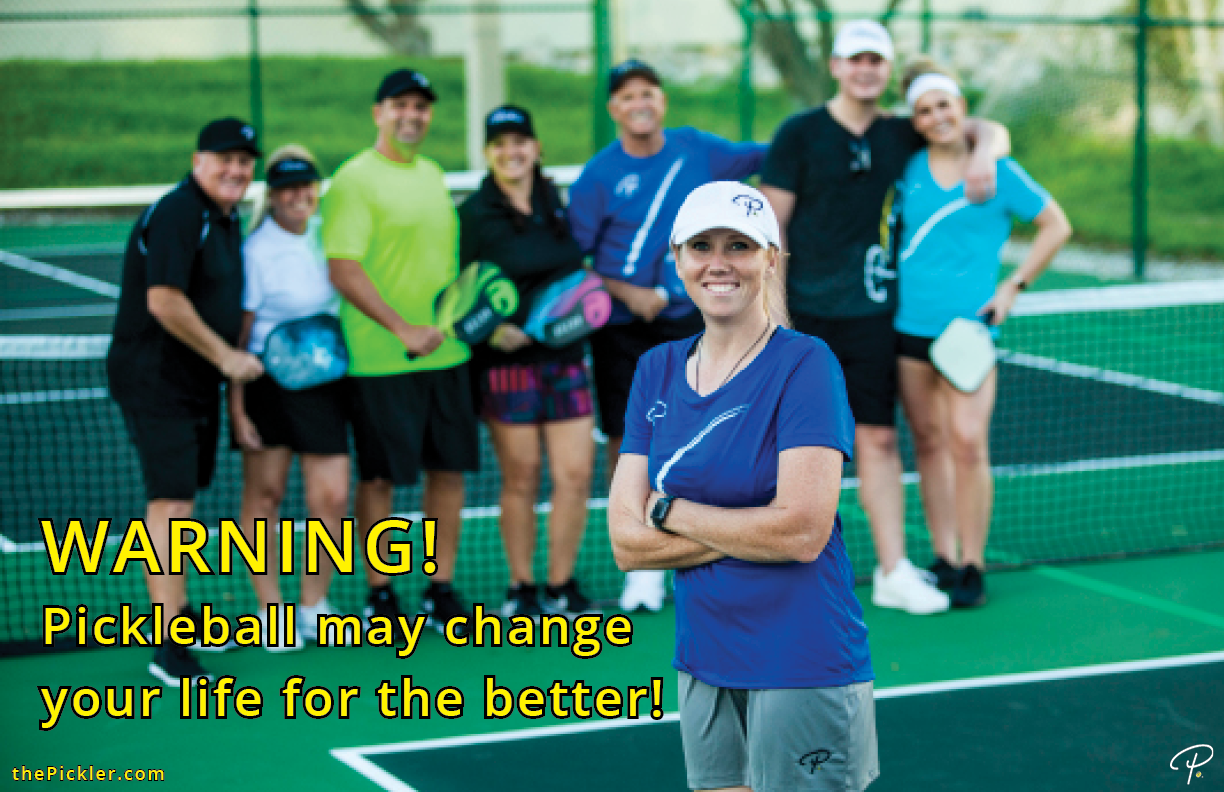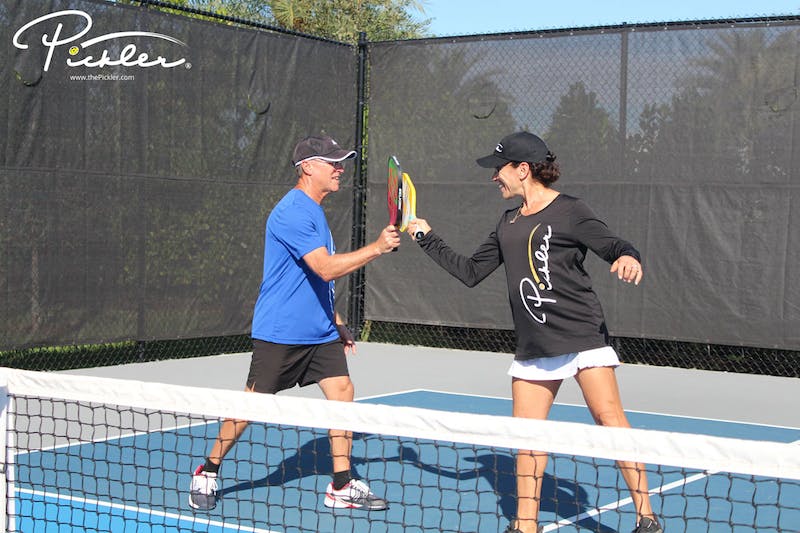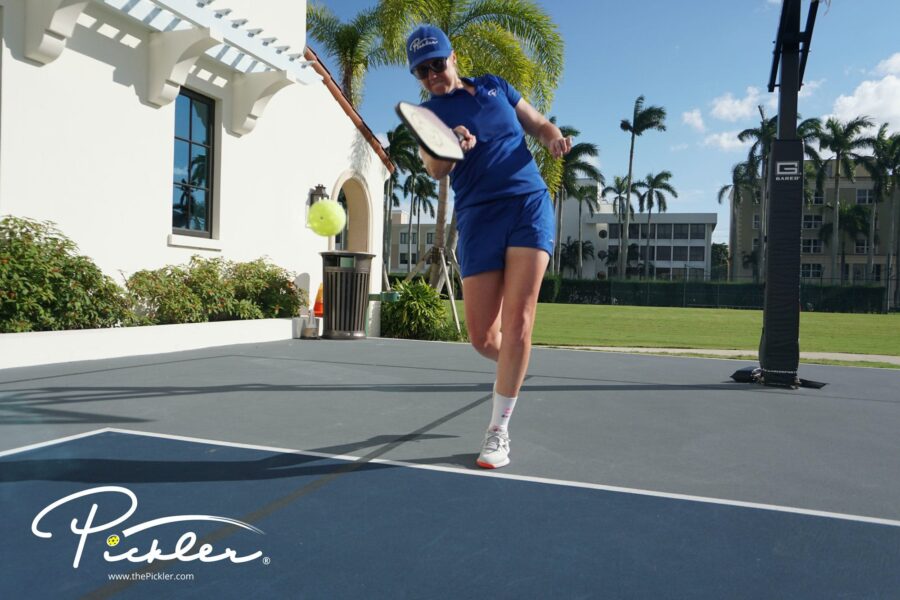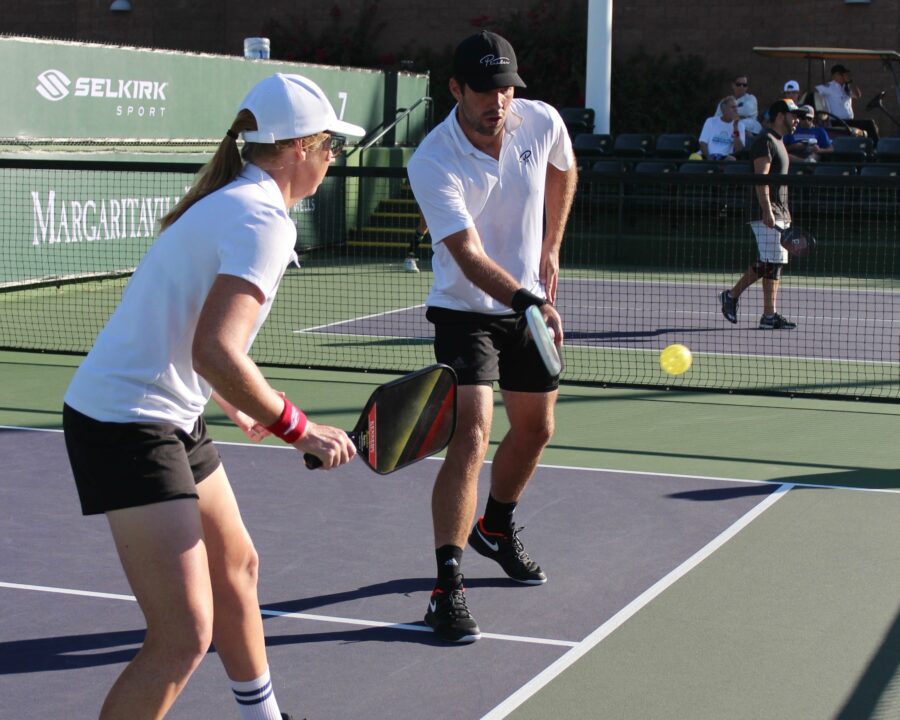Pickleball is a sport that is commonly referred to as a mix of tennis, badminton, and ping pong. Pickleball is a racquet/paddle sport that is played with a paddle and a perforated ball (think of a ball with small holes, similar to a wiffle ball) on either an indoor or outdoor court that is the same size as a badminton court and uses a modified tennis net. Pickleball is a sport for all ages and skill levels, that can be played as either doubles or singles, is easy to learn, and comes with an amazing and welcoming culture and community of people.
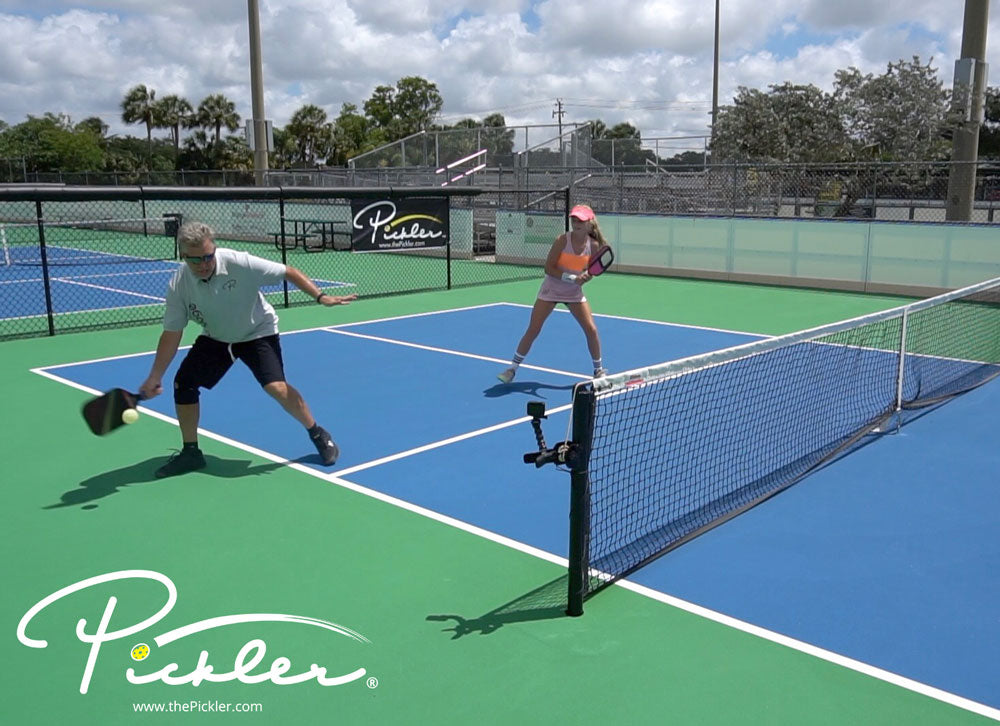
The Official Rulebook for Pickleball
The Official Rulebook for pickleball sets forth the rules for pickleball. The Official Rulebook for pickleball has been published by the USA Pickleball Association (USA Pickleball) since 1984. The Official Rulebook is reviewed and, to the extent necessary, revised and updated every year by USA Pickleball, as pickleball rules have continued to evolve as the sport itself evolves. The Official Rulebook applies to both recreational pickleball play and tournament pickleball play.
What Rules Make Pickleball Unique
There are lots of situations and circumstances that could play out on the pickleball court, and the Official Rulebook for pickleball covers most, if not all, of these situations and circumstances. However, to get started playing pickleball, or when teaching others to play pickleball for the first time, there are a few essential rules to cover that make pickleball truly unique:
- The Serve in Pickleball Must be Underhand. To start a point in pickleball, the serving player must serve the pickleball underhand (or use a drop serve), which means that the player makes contact with the pickleball below his or her waist, with the head of the paddle below his or her wrist. The pickleball must travel crosscourt into the opposite serving area, which is the area between the baseline and the Non-Volley Zone line (also known as the Kitchen line).
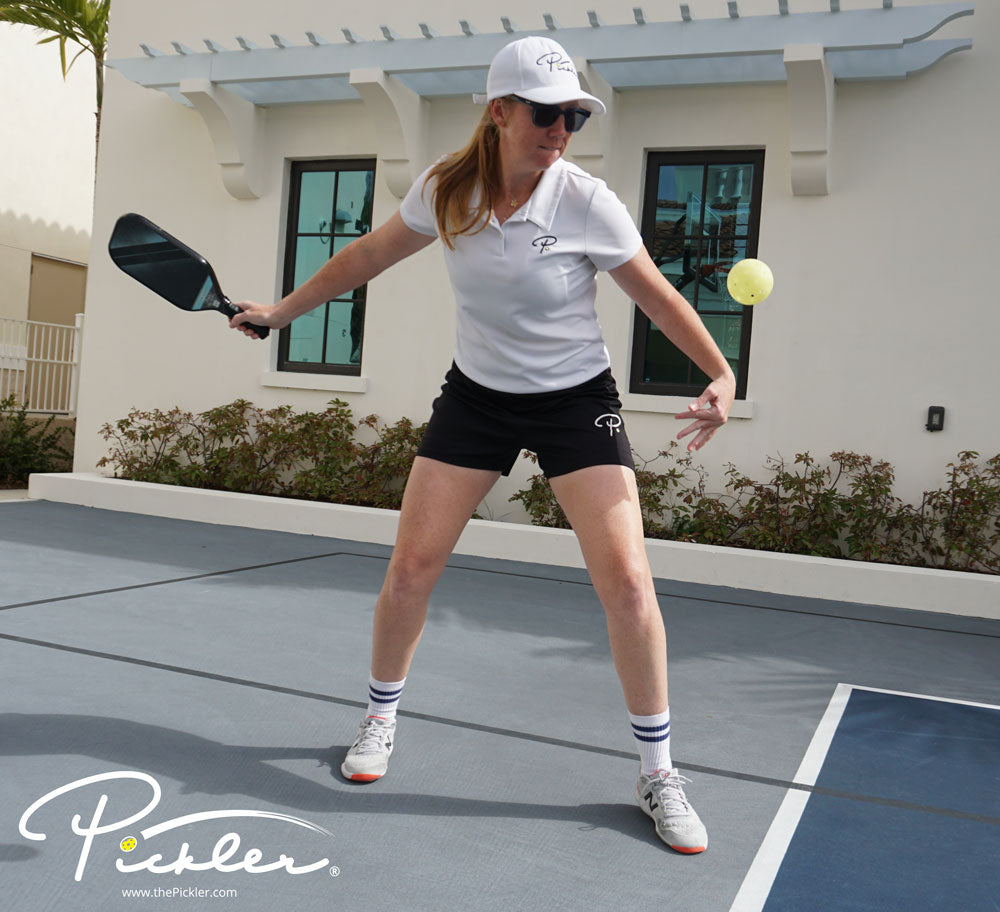
- Both the Serve and the Return of Serve Must Bounce. Both the serve and the return of serve must bounce in the sport of pickleball. This is called the 2-bounce or 3-hit rule in the sport of pickleball. After the serve and return of serve, either team or player may volley the pickleball. In other words, after the serve and return of serve, either team or player may hit the pickleball either in the air or after a bounce. To note, if the pickleball bounces twice, then the point is over.
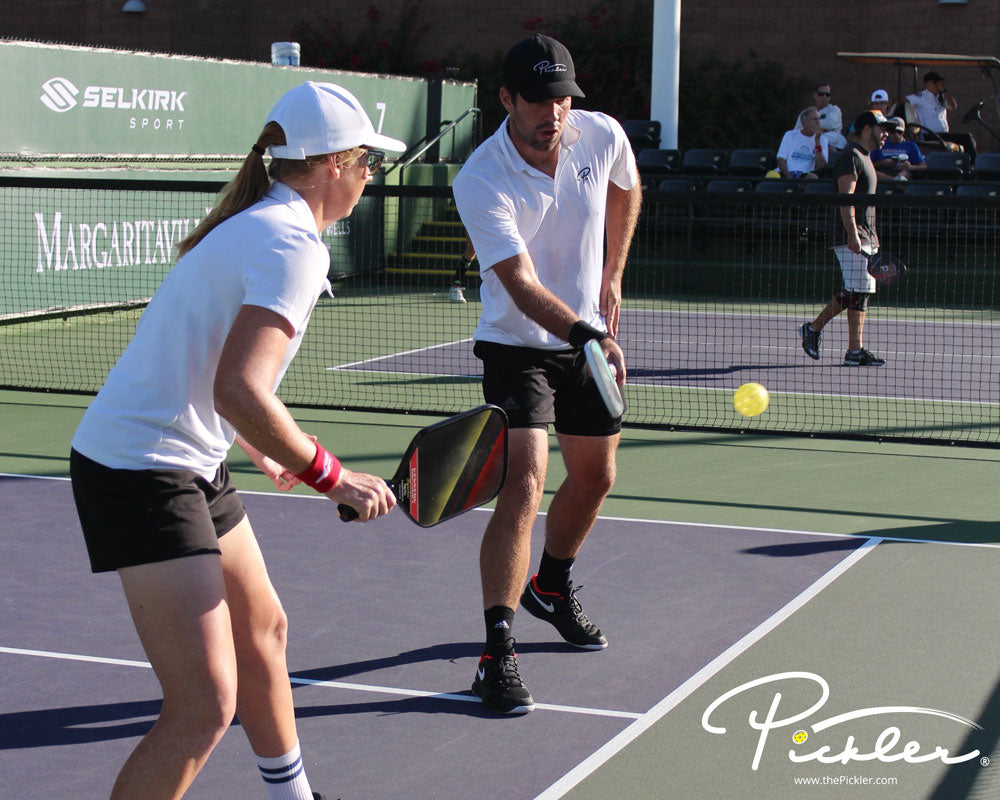
- Be Aware of the Non-Volley Zone (also known as the Kitchen). The Non-Volley Zone (also known as the Kitchen) is the 14-foot area in the middle of the court, which extends 7 feet on either side of the pickleball net. You may not volley (in other words, hit the pickleball in the air, without a bounce) the pickleball while making contact with the Non-Volley Zone. Contact with the Non-Volley Zone includes standing in the Non-Volley Zone or the Non-Volley Zone line, dropping your paddle or hat into the Non-Volley Zone, or allowing your momentum to carry you into the Non-Volley Zone after you hit the pickleball outside of the Non-Volley Zone. To note, reaching over the Non-Volley Zone line above the surface area of the court to hit the pickleball is permitted. Also, to note, you may hit the pickleball in the Non-Volley Zone after the pickleball has bounced, and you may generally stand in the Non-Volley Zone (although, not recommended) as long as you are not volleying the pickleball. Again, to be making contact with the Non-Volley Zone, you must make contact with the ground with any part of your body, paddle, or clothing. This includes both at the time you are making contact with the pickleball and after you make contact with the pickleball if your momentum carries you into the Non-Volley Zone. In other words, it is a fault if your momentum carries you into the Non-Volley Zone even if you make contact with the pickleball outside of the Non-Volley Zone. Your momentum ends when you (a) regain balance or control of your motion and (b) you either (i) stop moving toward the Non-Volley Zone, or (ii) pause to start a new motion.
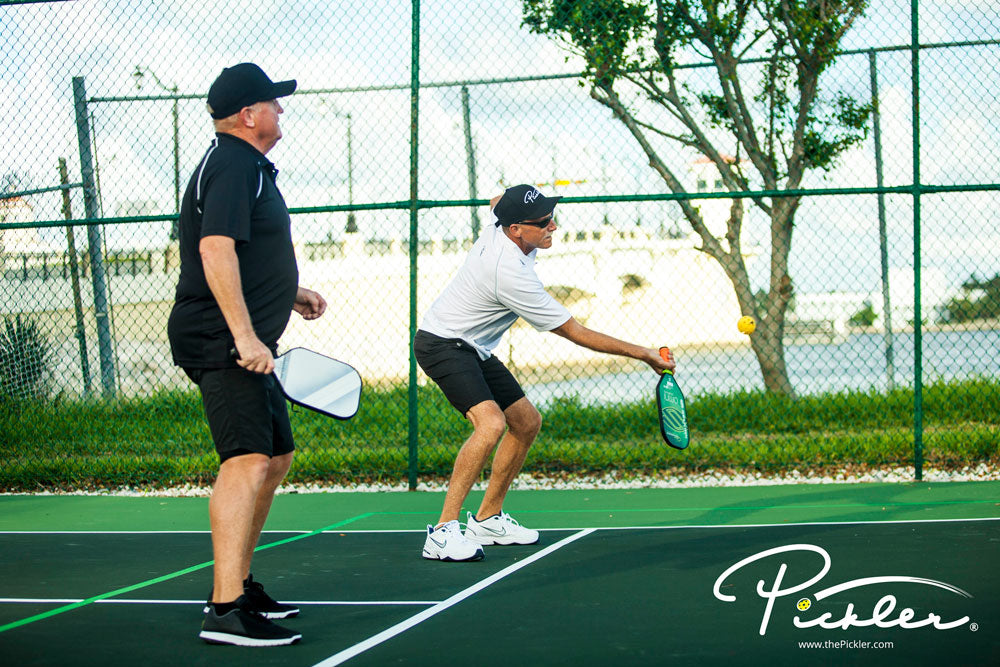
Pickleball Encourages Fair Play and Good Sportsmanship
Pickleball is a sport that fosters a culture of fun and competition. However, to maintain this fun and competitive culture, it is important for the sport of pickleball to encourage fair play and good sportsmanship. Fair play and good sportsmanship are key principles to the sport of pickleball and are emphasized in the Official Rulebook by the following:
- All points are created equal, meaning the first point and match point are equally important;
- In doubles pickleball, each partner is permitted to make line calls;
- All calls on the pickleball court should be made promptly (rather than waiting until the end of a point or after a shot to make the appropriate call); and
- When confronted with a “rule-less” situation (in other words, a situation that the Official Rulebook does not address), players should cooperate with each other to resolve any dispute, which could include a replay of the point.
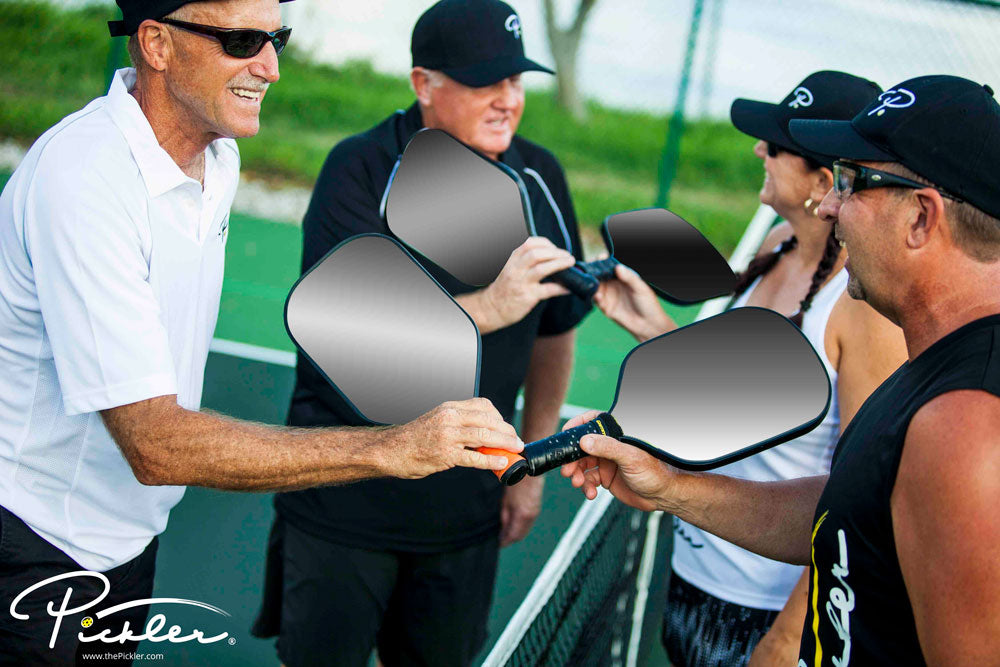
Pickleball Rules Explained
We know pickleball rules can be tricky at times. Don’t worry. Pickler will explain the ins and outs of all of the pickleball rules in a series of pickleball rules blogs to make sure that you make the right call on the pickleball court. Learn more by visiting Pickler’s pickleball rules blogs that are linked below!
- 10 Must Know Pickleball Rules Before You Hit the Court
- 2024 Pickleball Rules Changes to Know
- 2023 Mid-Year Rules Update
- 7 Pickleball Rules Changes to Learn for 2022
- 10 Pickleball Rules Changes to Learn for 2021
- Pickleball Rules – Learn How to Start – 5 Things You Need to Play
- Pickleball Dictionary – Quickly Learn the Pickleball Vocabulary
- Pickleball Serving Rules – Master the Start of Every Pickleball Game
- Pickleball Scoring Rules – Learn How to Keep the Score in Pickleball
- Pickleball Kitchen Rules – Learn Important Non-Volley Zone Rules
- Pickleball Line Call Rules – How to Make the Right Call
- Pickleball Rules – Faults & Dead Balls on the Pickleball Court
- Pickleball Rules – Commonly Misunderstood Rules in Pickleball
- Pickleball Tournament Rules – Must Read Before a Tournament
- Singles Pickleball Rules – How to Play Singles Pickleball
- Wheelchair Pickleball Rules – How to Play Wheelchair Pickleball
Pickleball Rules Question?
Do you have a question about the rules of pickleball? Feel free to email newsletter@thepickler.com and we will do our best to help!
LOOKING FOR PICKLEBALL COACHING, TIPS, AND STRATEGIES?
If you are looking for pickleball coaching, tips, and strategies on every aspect of your pickleball game, check out Pickler’s online video lesson collection called My Pro Pickleball Coach. My Pro Pickleball Coach is a fraction of the price of one clinic or even one lesson, and features over 140 video lessons (over 7 hours of instruction!), as well as a corresponding e-book. These online video lessons are available on demand 24/7 and breakdown every aspect of the sport of pickleball, including pickleball mechanics and fundamentals, drills, strategy, and advanced concepts, so you will play your best pickleball.
